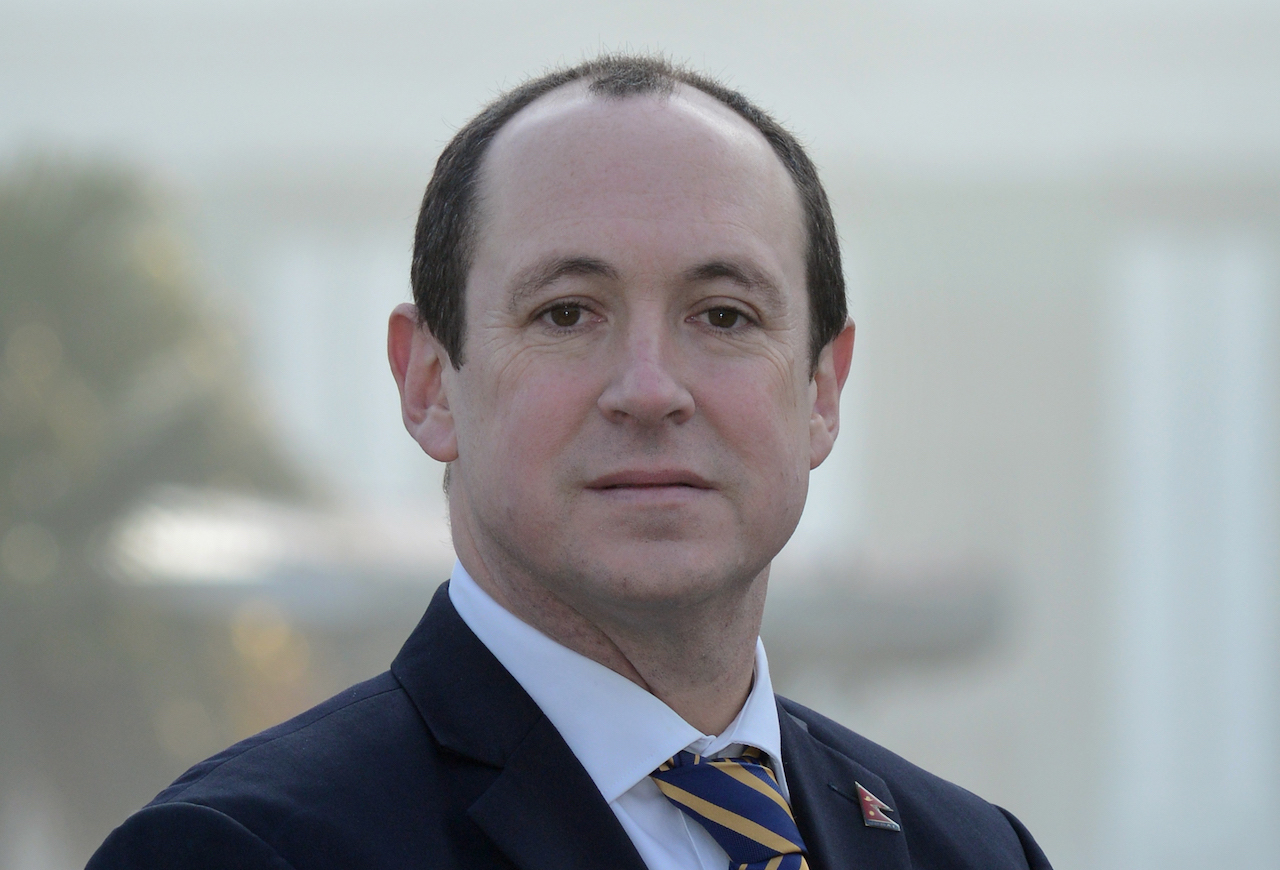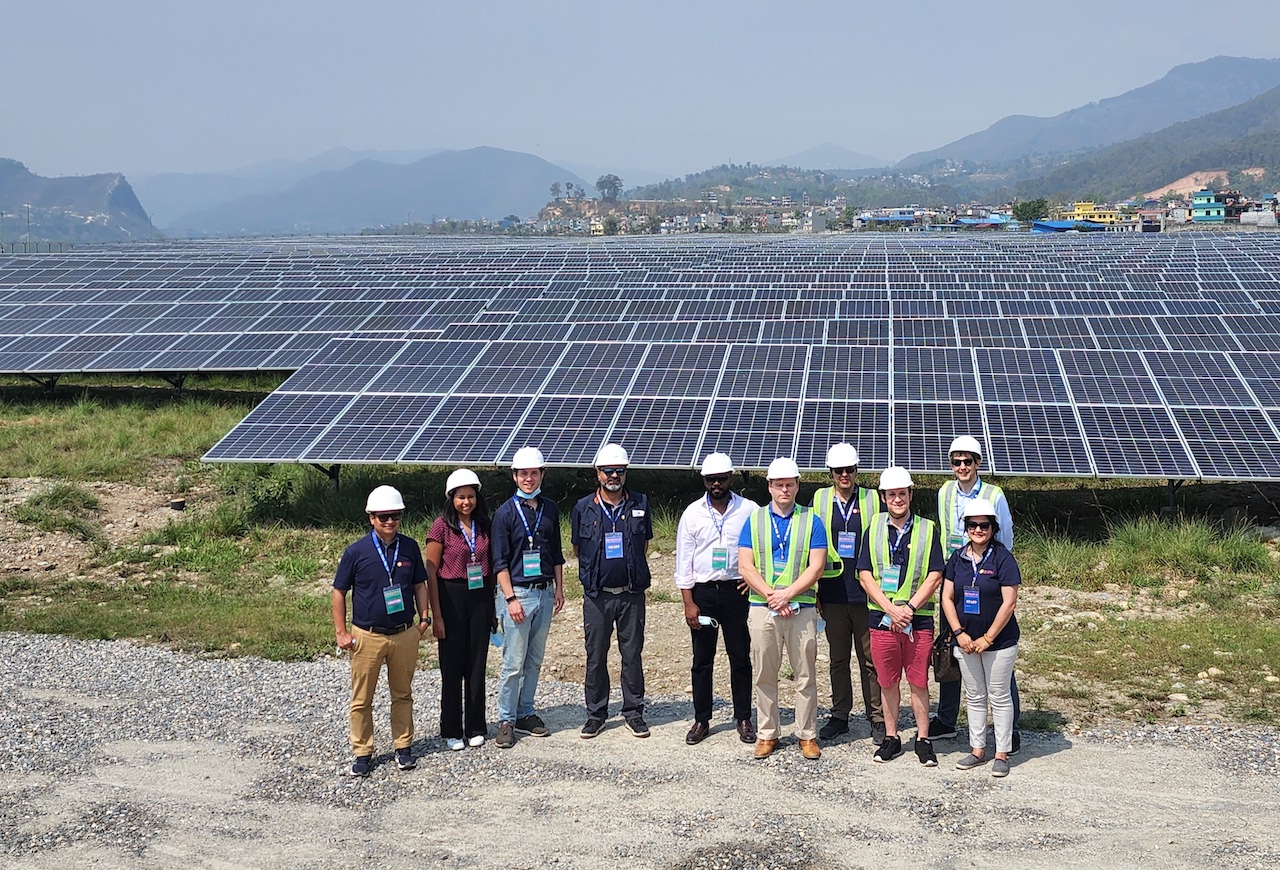Tim Gocher, CEO of Dolma Impact Fund, set out to show investors it was possible to make both impact and financial returns in Nepal with his two private equity funds focused on the underdeveloped Himalayan kingdom.

The $72m (€66.5m) final close of the Nepal-focused Dolma Impact Fund II, announced in December, wraps up a much-needed round of private equity fund raising for a country which remains one of Asia’s most impoverished, despite economic progress.
Dolma’s CEO Tim Gocher has long championed Nepal’s potential, establishing the charitable Dolma Foundation in 2003, before launching Dolma Fund Management (DFM) in 2014.
The two Dolma Impact Funds that DFM has launched since then have raised more than $100m between them, largely through support from development finance institutions (DFIs), including the British International Investment, the Netherland’s FMO, Swedfund, the US Development Finance Corporation, and the International Finance Corporation among others. The agreement for the final $10m of investment was put in place with the Japan International Cooperation Agency (JICA) in late 2022.

DFI investment has been crucial as private institutional capital flows into Nepal have been limited. As Gocher explains to Impact Investor, Nepal’s traditionally challenging investment environment has been a tough sell for international investors looking at the region.
Nepal has a population of 30 million, well-established government and financial institutions, a workforce eager for better jobs and potentially attractive investment opportunities, especially in the renewable energy and tech sectors. But the Himalayan country also has mountainous terrain in which it is difficult to operate, and an underdeveloped, largely agrarian economy – not to mention competition for international capital from the vast investment magnets of China and India just across its borders. The impact of the COVID pandemic and the current global economic crisis haven’t helped the investment climate.
Despite the challenges, Dolma has sought to show that investment in Nepal can be rewarding financially, as well as in terms of impact.
To that end, Gocher can flag up some notable successes from its portfolio. These include a partial exit for Dolma in 2019 from CloudFactory, a data processing company initially focused on Nepal, having made a healthy return on investment, and the successful flotation of the Swet Ganga Hydropower company on the Nepalese stock exchange. Another hydro firm from the Dolma portfolio, Suri Hydropower, is also preparing for a market listing.
“By investing in firms like these, we are helping Nepal to build up a track record with successful companies and show other investors what it’s possible to do,” he says.
Prioritising job creation
The funds’ investments have been focused mainly on renewable energy, healthcare and the tech sector, often in tandem with local co-investors. Tech in particular has proved fertile ground in fulfilling another of Dolma’s main objectives: job creation.
Poor job prospects at home have pushed many Nepalis to look elsewhere for employment, forming a pool of cheap emigrant labour for construction projects abroad, such as Qatar’s controversial football World Cup infrastructure programme. Their remittances may provide much-needed income for their families back home but that is offset by the hole left in the local economy and the social damage their absence causes by splitting up families.
Dolma estimates it has created around 15,000 jobs in its portfolio, most of which are in the tech sector. About 5,000 of these are low-skilled employment providing support functions for global tech companies that is relatively well paid for Nepal. CloudFactory, now based in the UK, is expanding this model in other developing countries, including Kenya.
“These are good jobs, which mean one family member doesn’t have to emigrate and 15,000 families can stay together. If there is one metric that drives our team it is quality employment generation,” Gocher says.
Renewables opportunities
He is also working on ways to ease the path of institutional investors into Nepal’s renewable energy sector to take advantage of the country’s 50 gigawatts-plus of hydropower potential – much of it exploitable via more environmentally friendly run-of the-river projects rather than dam building. It also has substantial solar resources, if they can be harnessed.
Crucially, it also has a huge potential power export market. Gocher estimates that the Indian states bordering the country and nearby Bangladesh are home to some 600 million people, creating massive demand if the generation and transmission infrastructure can be financed and built.

Replacing fossil fuels in the energy mix of the region will help reduce global carbon emissions, of course. But it will also have a further direct beneficial impact for Nepal and the region by reducing so-called black carbon, a layer of pollutants produced by fossil fuel burning that coats areas of the Himalayas. Black carbon reduces the capacity of snow and ice to reflect solar energy, leading to faster snow melt, which in turn exacerbates flooding of rivers downstream from the Himalayas, which is already getting worse due to global warming.
Dolma investments have created some 50 megawatts of power, with another 22 megawatts in the pipeline. “By showing that private capital can come to Nepal and finance hydro schemes, list them on the stock exchange and hopefully exit, we’ve de-risked a number of projects. But we realise 70 Megawatts is not going to change the world” Gocher says.
To mobilise the funding necessary to realise the sector’s potential, Dolma is hoping to issue international green bonds aimed at the renewables sector to encourage institutional investors to invest in Nepal, backed by risk insurance from the World Bank Group’s Multilateral Investment Guarantee Agency (MIGA).
“It’s in the planning phase, so I wouldn’t expect that issue for at least a year. We are currently working on it with the World Bank,” he adds.





